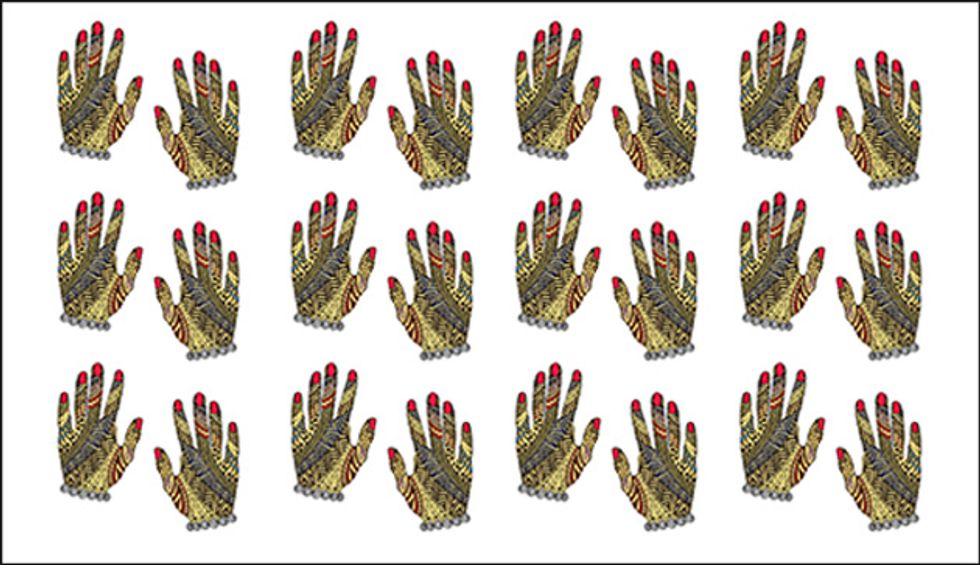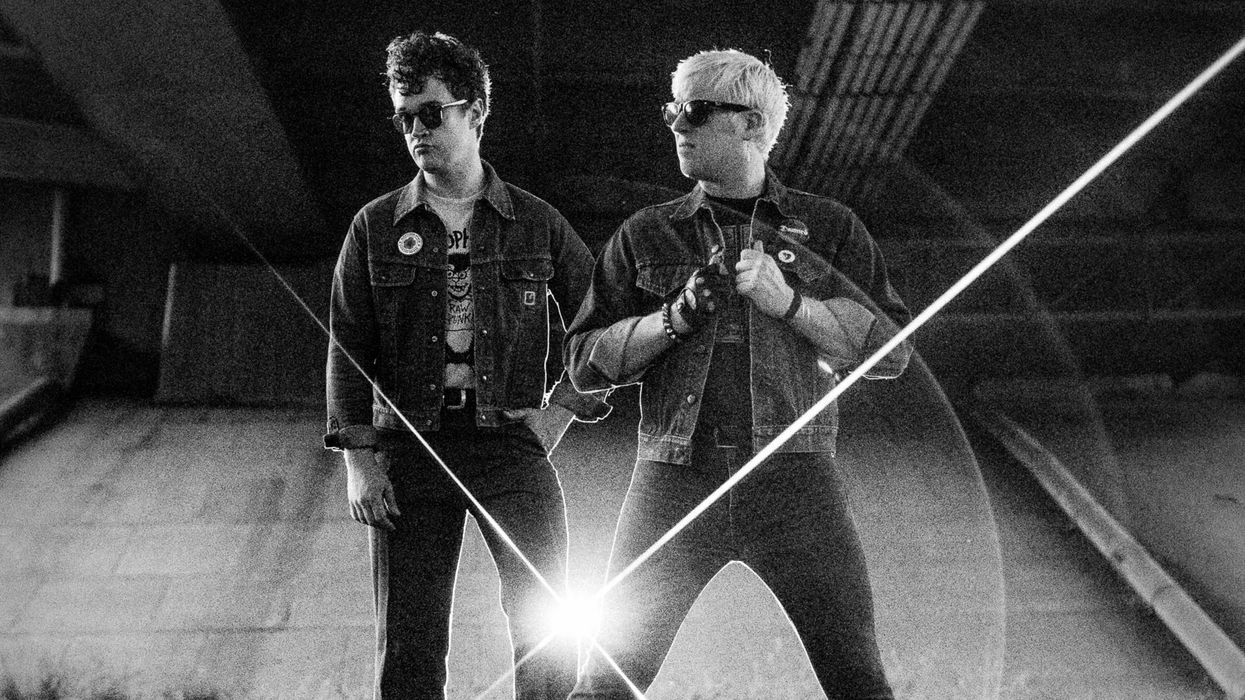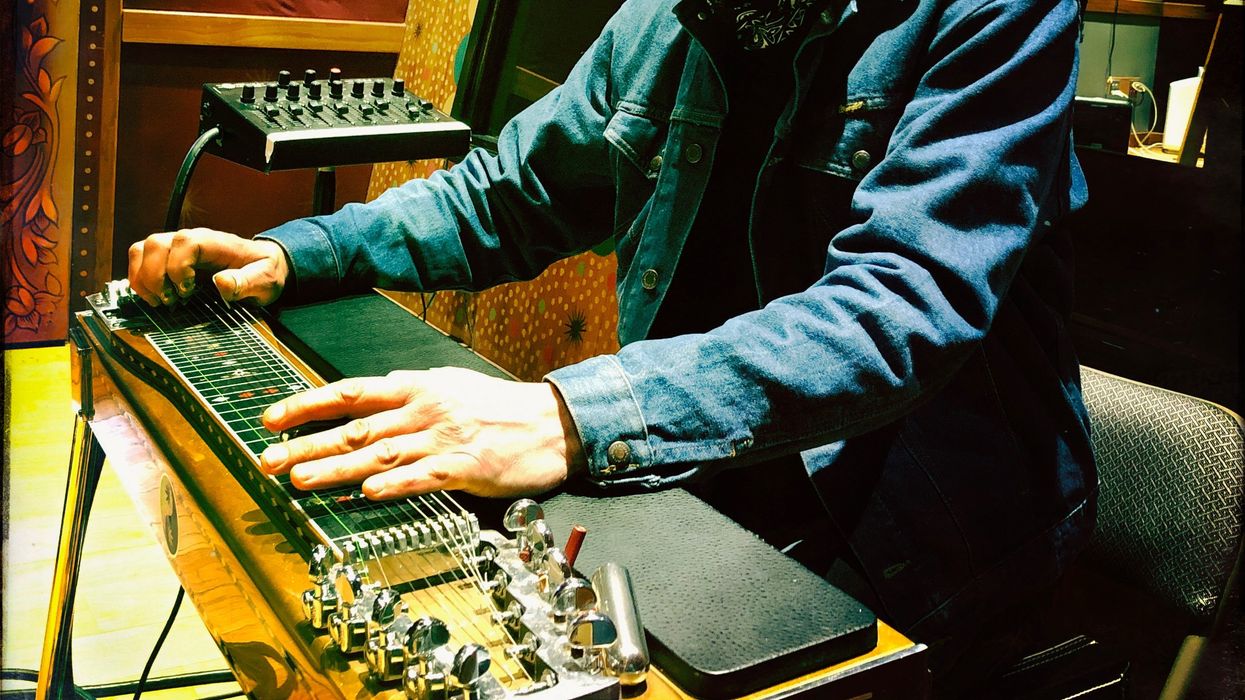About a year and a half ago I took to these pages/pixels to chronicle a decades-long plectrum journey—from early teen years not thinking a whole lot about what sorts of picks I used, to a several-year run using heavy Dunlop Tortex picks, then a long stretch with Nylons and Max-Grips, and finally to my current stint with thick steel jobbers.
This last phase has lasted more than five years now and shows no signs of letting up. Every time I experiment with reverting to old faves or trying new ones, it doesn’t take more than a few chord stabs before I miss the surety and immediacy of the shiny little flattened shields. But, it’s not just those qualities. Adjust grip pressure, striking strength, and attack angle, and steel picks yield surprisingly versatile sounds—including very mellow ones. And then there’s the texture of the notes: The subtle, millisecond-long atmospheric tinge of the rigid teardrop edge scraping against string windings is something wholly unique from typical polymer-based options.
And yet, here I am again, describing … well, not another chapter in the pick saga per se (like I said, I’m still a devout metalhead), but perhaps a new, uh, soliloquy or footnote … or something: Over the last year or so I’ve been experimenting more and more with an approach that’s basically at the opposite end of the spectrum from steel. One so basic I have to sheepishly admit that, for a long time, I actually kind of looked at it as an amateur technique favored by newbs and those who just weren’t “serious” enough about guitar to put in the time and master proper picking techniques. (I know, stupidly judgmental and closed-minded, right?)
What I’m speaking of is making proper use of the fattest, fleshiest, most opposable-ist digit: the thumb. (And empty picking-hand fingers, too.)
The technique I’m talking about isn’t just using phalanges and thumb in a straightforward fingerstyle way, or in the typical hybrid-picking sense that so many of us guitar dweebs embrace. Don’t get me wrong, I absolutely love hybrid picking—it’s been a big part of my playing since an early instructor revealed that my first guitar hero, Eddie Van Halen, uses it—but the approach I’m talking about is more for rhythm playing, and it offers a completely different feel. One often overlooked by ambitious players prone to wiling away woodshed hours honing complex skills to impress bandmates and audiences.
The sans-plectrum method I’m talking about is au naturel and pretty loosey-goosey. And yet it’s sensuously alluring and intimate. The dynamics of this folksy strumming technique stem from the same elements that make hybrid-picking so captivating: Hybrid-picked riffs and patterns aren’t cool just because you’re essentially using several “picks” (up to five, if you’re really adept) that let you create snappier, more intricate lines. At least half the magic is the fact that your living flesh is directly activating strings in a range of motions capable of much more nuance than a foreign object pinned between two digits.
Here’s how it works, at least for me (I recommend the middle or neck pickup position and a warm, clean-ish tonal foundation): For starters, your thumb is the de facto power player here—though that obviously means something very different in this approach, which is less gonzo by design. Your thumb is naturally positioned basically as it would be if you were flatpicking. But it also has the distinct advantage of having both a built-in “pick”—your nail—and a soft, fleshy pad on its underside. Dynamics City is what you call this.
Your hitchhiking member also has two other super-cool anatomical benefits: In addition to the typical wrist and forearm pivoting action you use when flatpicking, your thumb has three of its own joints adding to the range of motions at your disposal. In other words, you aren’t just strumming up and down—your thumb can also go in circular motions, making your attack more of a 3-D affair. It’s a lot of possibilities, to be sure. Which is why this technique takes a lot more time to master than morons like me who misjudged it would think. Rather than focusing on one point of contact with a flatpick, you have to be a lot more in tune with exactly where each part of your thumb is, as well as how every minute movement affects tone. And, just as with different pick materials and gauges, the unique suppleness of your skin, nails, and even fingerprint ridges can individualize the sounds you get. It really is an art form in itself.
To get started with this technique, focus on using your thumb kind of like a paddle. Most of the movement should come from the first (metacarpal) joint at the base of your hand, with the second (proximal) joint also doing a fair share of the action. Once you’ve experimented with the feel of this, start working in the sorts of wrist and forearm movements you’d typically use when strumming rhythms with a flatpick. And remember—loosey-goosey is key here. That’s what gives this technique its humanizing qualities. Master it, and you’ll be able to express the aural equivalent of subtle facial expressions that we don’t even think about as we react to everyday life.
Once you’re reasonably comfortable with the thumb action, it’s time to start experimenting with the perpendicular pleasures of getting your fingertips and crosscutting fingernails in on it. Again, I default to letting the thumb be the power player, using it both to emphasize bass notes and to periodically employ its nail for strategic upstrokes that add subtle bursts of focused energy. Meanwhile, careful brushes of fingertips against the strings avail shades as subtle as warm whispers in a lover’s ear.
Have fun exploring this low-key, not-so-celebrated world. I’m just getting to know these paths better myself, but I’m glad I’m finally seeing them.


















